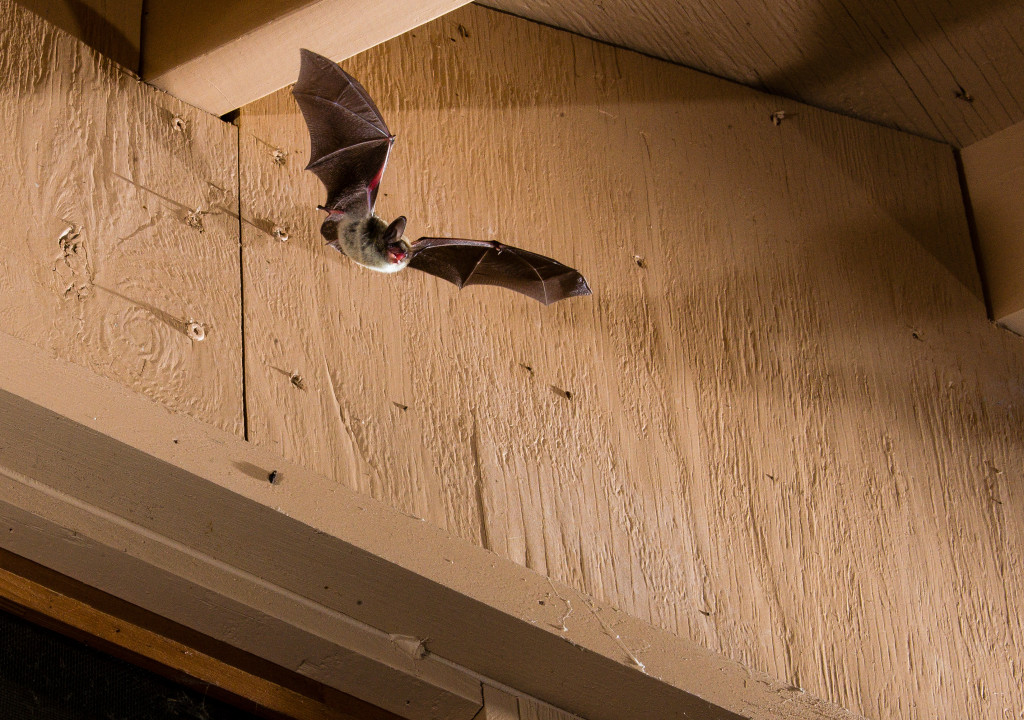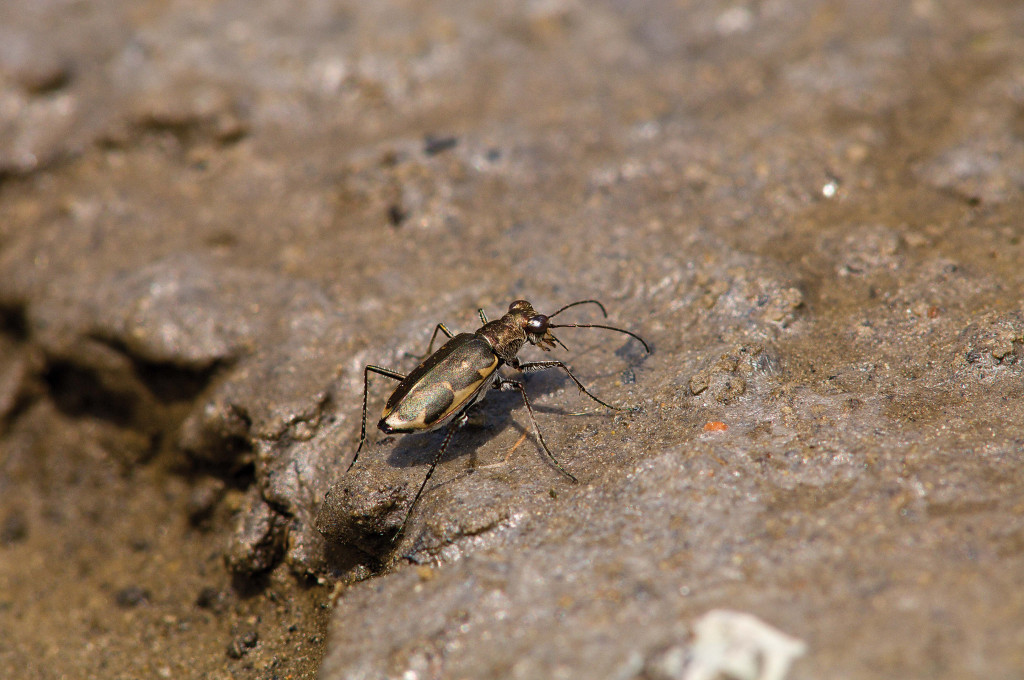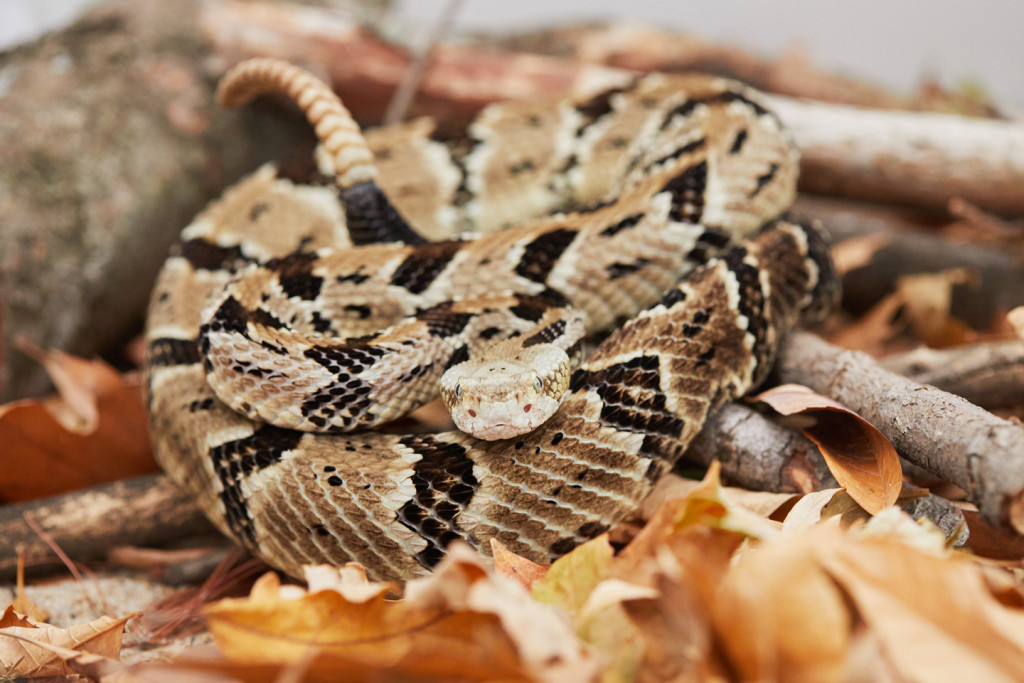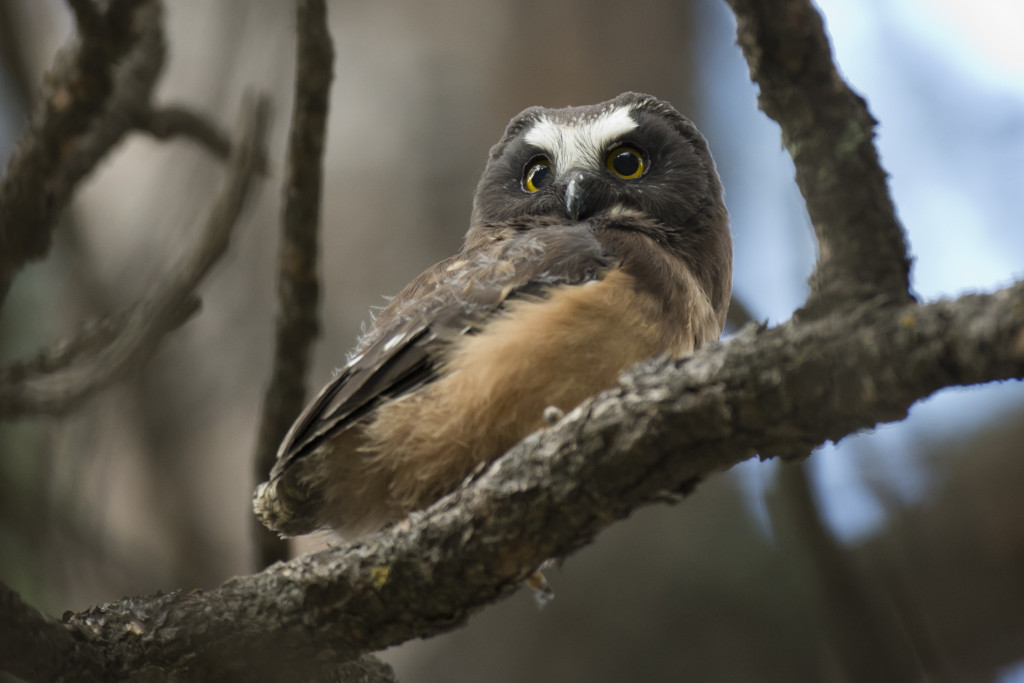By Olivia DaRugna, Wildlife Diversity Biologist
With Halloween right around the corner, let’s highlight a few critters that get a bad rap in scary movies and TV specials.
Bats
Bats are often portrayed as spooky, flying creatures of the night in Halloween movies, yet globally, they provide important ecosystem services, such as pest consumption, plant pollination and seed dispersal. They use flight and echolocation to catch and eat delicious flying insects.
Really, the only spooky thing about bats is their population declines. Bat populations face a variety of threats, including but not limited to habitat loss, white-nose syndrome, strikes with wind turbines and climate change.
Nine of the 13 species of bats that occur in Nebraska are listed as at-risk in the state’s wildlife action plan, the Nebraska Natural Legacy Project. To find out ways you can help bat conservation and to learn more about bats in Nebraska, read about them in my August wildlife brief.

Salt Creek Tiger Beetles
They’re wicked fast, they’re ferocious predators, and they’re the tigers of saline wetlands. Salt Creek tiger beetle (Cicindela nevadica lincolniana) larvae ambush small insects that move past their burrows, and as adults, they can move extremely fast to catch prey. This species is federally and state listed as endangered.
The Salt Creek tiger beetle’s range is limited to the unique saline wetlands found in Lancaster County. This species is considered an indicator species, because its presence is a sign of a healthy saline wetland. The saline wetland habitat where the beetle occurs also is host to unique plant species that are adapted to living in this high-salinity environment, including the saltwort, a Tier 1 at-risk species. Check out this article that takes a deep dive into the conservation efforts for this incredible species.

Timber Rattlesnake
Next up on our spooktacular species spotlight is the timber rattlesnake (Crotalus horridus). Like all snakes, these slithering reptiles have evolved traits that may seem scary to humans but allow them to be excellent pest controllers, eating lots of small rodents and other animals. The rattling tails and the curled striking posture is a courtesy warning to leave them be. Biologists are tracking and monitoring this Tier 1 at-risk species, which occurs in the southeastern corner of the state. Learn more about timber rattlesnakes.

Northern Saw-whet Owl
While their screech is nowhere near the blood-curdling call of the barn owl, the tiny northern saw-whet owl (Aegolius acadicus) is still a fierce predator. Like most owls, this species uses its great hearing and eyesight to find and catch small prey in the darkness of night. Learn more about this Tier 2 at-risk species and the monitoring conducted for this owl in Nebraska.

The next time you watch your favorite scary movie or put out your Halloween decorations, just remember these critters are not actually as creepy as portrayed by popular culture. Each has an important ecological role. With some knowledge about these species and the monitoring efforts being conducted, you too may find these animals to be more fascinating than spooky.
